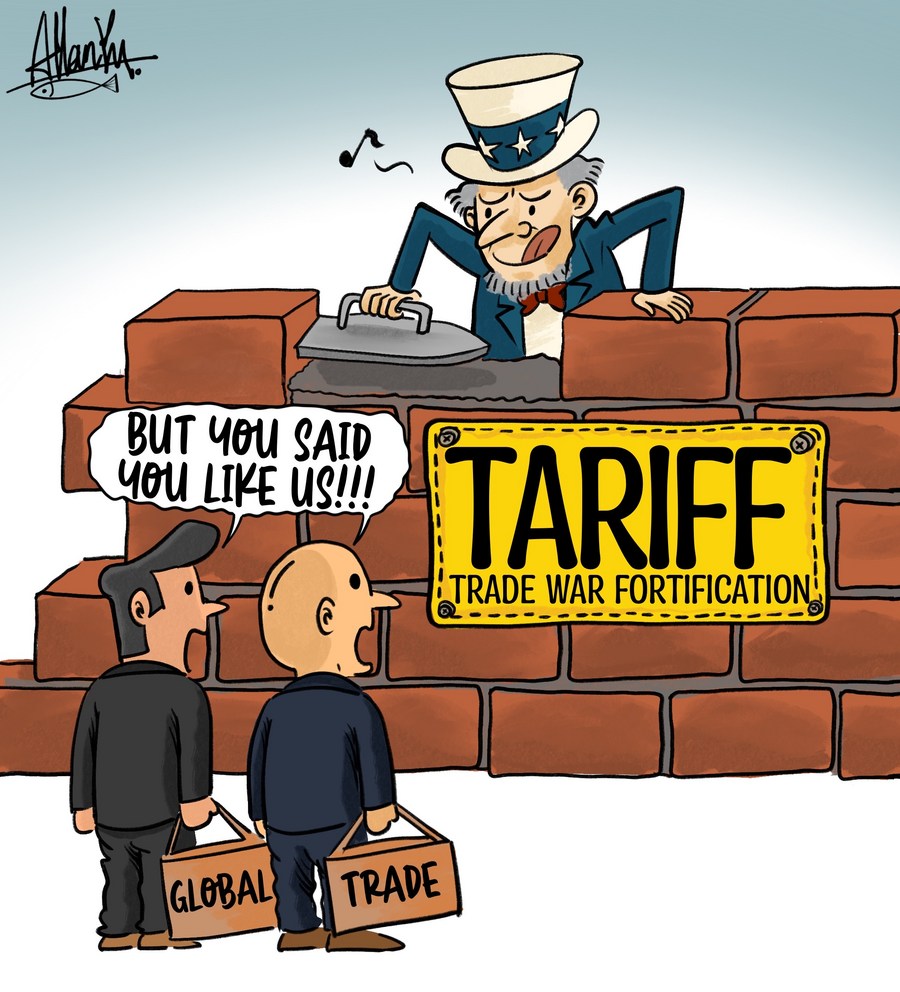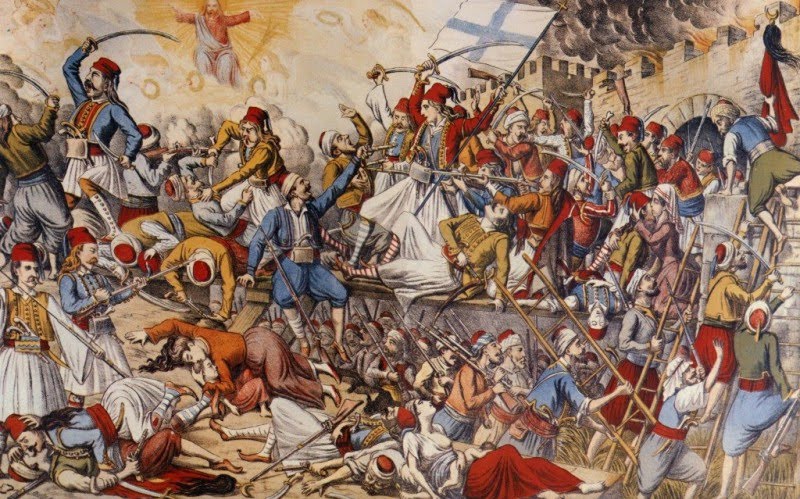Trump's New Approach To Automotive Tariffs: An Exclusive Look

Table of Contents
Shifting Sands: From Protectionism to Negotiation?
President Trump's initial approach to automotive tariffs was characterized by aggressive protectionism, aiming to shield domestic automakers from foreign competition. This involved imposing significant tariffs on imported vehicles and parts. However, recent statements and actions suggest a potential shift towards a more nuanced strategy incorporating negotiation and compromise. Was this a strategic recalibration, a response to market pressures, or a combination of both?
- Past Aggressive Tariff Policies: The previous administration’s tariffs led to increased prices for consumers and retaliatory tariffs from other countries, disrupting global supply chains.
- Economic Consequences: These initial tariffs resulted in increased costs for consumers, reduced sales for both domestic and foreign automakers, and job losses in some sectors of the industry, despite claims of protecting American jobs.
- A More Nuanced Approach: Recent statements indicate a willingness to negotiate with trading partners, suggesting a potential move away from purely protectionist measures. This could involve bilateral agreements to reduce or eliminate tariffs in exchange for concessions.
- Reasons for the Shift: Several factors likely contributed to this apparent shift. Economic downturns, political pressure, and recognition of the detrimental effects of escalating trade wars may have influenced this change in approach. The potential for reciprocal tariffs and damage to the US economy likely played a significant role.
The Impact on Domestic Automakers
The new approach to automotive tariffs holds significant implications for US auto manufacturers. While initial protectionist measures provided a short-term boost for some, the long-term effects are complex and depend heavily on the specifics of any new agreements.
- Production Costs and Profitability: Reduced tariffs on imported parts could lower production costs, potentially increasing profitability for domestic automakers. Conversely, increased competition from foreign manufacturers could also impact profitability.
- Job Creation and Loss: The impact on employment in the US automotive sector remains uncertain. While some jobs might be created through increased domestic production, others could be lost due to increased competition.
- Competitive Advantages and Disadvantages: The new strategy could potentially level the playing field for domestic automakers, but it also introduces new challenges and uncertainties. Competition remains fierce, and success depends on adapting to the new market dynamics.
- Case Studies: Analyzing the specific responses of major US automakers – like Ford, GM, and Stellantis – to the shifting tariff landscape will reveal vital insights into the effectiveness of the new strategy.
International Relations and Trade Wars
The revised approach to automotive tariffs significantly impacts the US's relationship with key trading partners, notably Japan, South Korea, and the European Union.
- Impact on International Relationships: Negotiations and potential concessions could lead to improved relations, but also the risk of further trade disputes if agreements aren't reached. The delicate balance of these relationships will significantly influence the overall success of the policy shift.
- Retaliatory Tariffs: The possibility of retaliatory tariffs from affected nations remains a significant concern. These countermeasures could offset any benefits from the new US policy, creating a cycle of trade friction.
- Overall Impact on Global Trade Relations: The success of this new strategy hinges on establishing a more balanced and predictable approach to international trade. This requires careful negotiation and a willingness to compromise from all parties involved.
- Future Trade Negotiations and Agreements: The automotive tariff situation sets a precedent for future trade negotiations, potentially influencing other sectors and international relations. The outcome of these negotiations will significantly shape the future of global trade.
Negotiating Leverage: What are the key demands?
The administration's shift towards negotiation involves specific demands from foreign automakers in exchange for tariff relief.
- Increased Domestic Content Requirements: The US government might demand a higher percentage of vehicle components sourced domestically, boosting the US manufacturing sector.
- Investment Pledges: Foreign automakers might be required to commit substantial investments in US manufacturing facilities and infrastructure.
- Other Potential Concessions: Negotiations may include other concessions, such as technology sharing agreements or environmental regulations adherence.
Conclusion
This article examined President Trump's new approach to automotive tariffs, highlighting the significant shift from aggressive protectionism to a more nuanced strategy involving negotiation and potential concessions. We explored the implications for domestic automakers, international trade relations, and consumers, analyzing both potential benefits and drawbacks. The long-term success of this new approach remains to be seen, but it represents a significant development in US trade policy. The impact of automotive tariffs on the global economy and the future of the automotive industry will continue to unfold.
Call to Action: Stay informed about the ongoing developments in automotive tariffs by subscribing to our newsletter and following our in-depth coverage of this evolving situation. Understanding the nuances of automotive tariffs is crucial for navigating the complex landscape of the global automotive industry.

Featured Posts
-
 Prof Iva Khristova Ofitsialno Izyavlenie Nyama Vtora Gripna Vlna
Apr 30, 2025
Prof Iva Khristova Ofitsialno Izyavlenie Nyama Vtora Gripna Vlna
Apr 30, 2025 -
 I Mpigionse Se Kayto Tzin Sortsaki I Nea Diafimistiki Kampania
Apr 30, 2025
I Mpigionse Se Kayto Tzin Sortsaki I Nea Diafimistiki Kampania
Apr 30, 2025 -
 I Iatriki Toy Mellontos O Rolos Ton Ypologiston Apo Ines Stin Parakoloythisi Tis Ygeias
Apr 30, 2025
I Iatriki Toy Mellontos O Rolos Ton Ypologiston Apo Ines Stin Parakoloythisi Tis Ygeias
Apr 30, 2025 -
 20 Jump In Canadian Airbnb Domestic Searches A Trend Analysis
Apr 30, 2025
20 Jump In Canadian Airbnb Domestic Searches A Trend Analysis
Apr 30, 2025 -
 What Not To Pack For Your Cruise A Practical Guide
Apr 30, 2025
What Not To Pack For Your Cruise A Practical Guide
Apr 30, 2025
